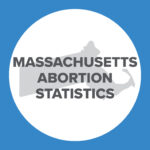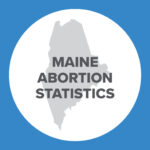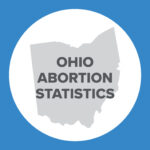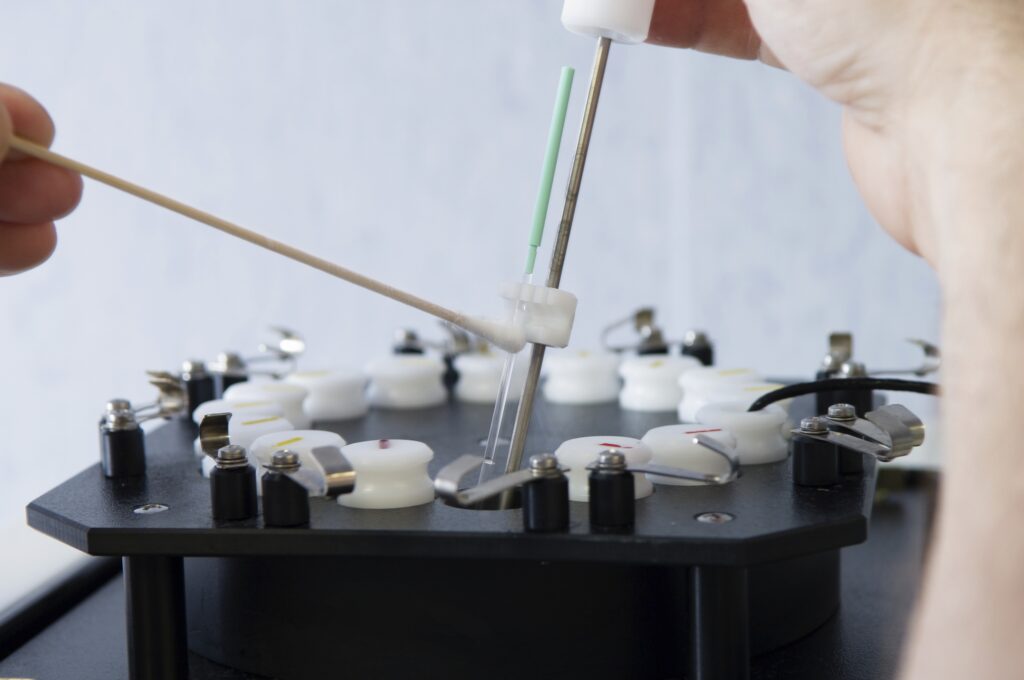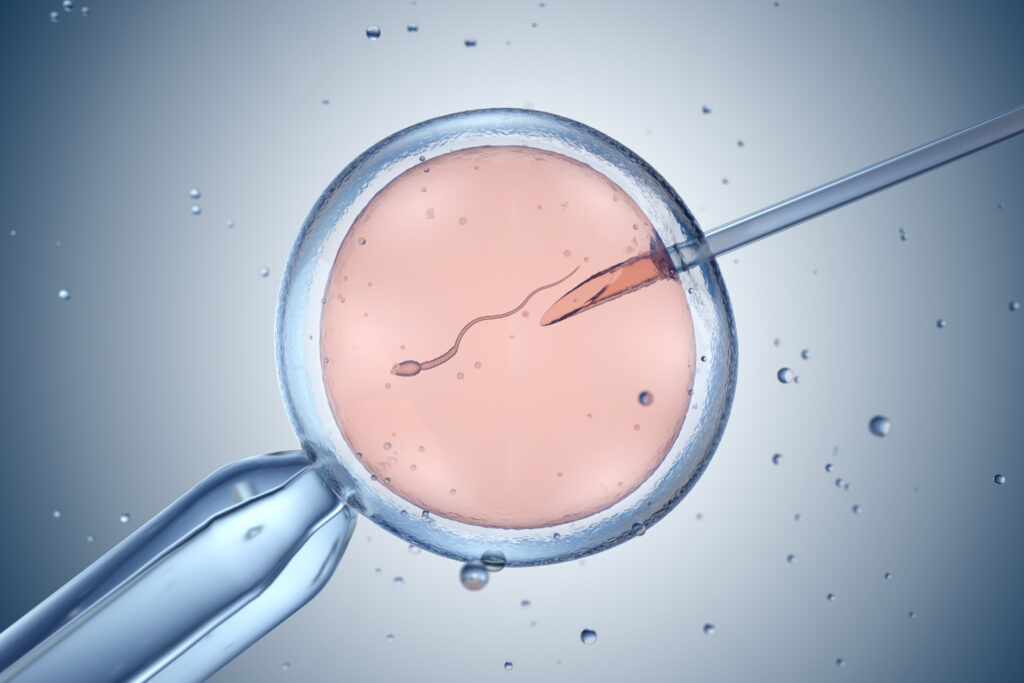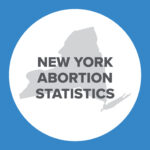ISSCR’s Reversal of the 14-Day Rule

by Edie Heipel
This is Issue 62 in the On Point Series.
Introduction
Society sits on the cusp of some of the few remaining battles threatening to permanently alter the course of bioethical history; if these battles are not engaged, the proposed changes in bioethics will make acceptable atrocities upon human dignity the magnitude of which can only be imagined.
One such battle is brought to the forefront this week, as the world’s self-appointed governing authority on stem cell research, the International Society for Stem Cell Research (ISSCR), gathers for its annual meeting to preview scientific advancements and update ethical recommendations for experimenting on human embryos.
The meeting comes on the heels of ISSCR’s decision in May of this year to abandon a number of prohibitions on human embryo experiments. Foremost among these is the ethical guideline known as the “14-day rule”: a long-standing regulation prohibiting scientific experiments on human embryos beyond the bounds of 14 days after fertilization.
ISSCR’s reversal overturns what existing boundaries were in place to curb the alarming acceptance, supply, and demand of human embryo research and the limitless moral dilemmas it presents.
History of ISSCR
ISSCR is billed as the preeminent institution for international stem cell research.[1] Founded in 2002 and composed of roughly 4,000 members spanning 60 countries, ISSCR advances stem cell research for medical breakthroughs and ensures public policy reflects these advances. Viewed as the apex of scientific and ethics standards, its guidance informs policy outcomes related to stem cell issues and educates lawmakers and regulators accordingly.
ISSCR prides itself on “ethical integrity” and promoting nonpartisan, pluralistic, science-based outcomes, insisting this angle validates the organization’s standing as an authoritative bioethics voice. These apolitical claims include being devoted to social justice as a core tenet and advocating for policy change, including vehemently opposing “right-to-try” treatments that could save lives, congratulating President Biden’s contentious HHS Secretary Xavier Becerra, and endorsing the requirement of the unethical use of aborted human fetal tissue research, a move that faces wide opposition from both religious and non-religious groups.
History of the 14-day rule
The 14-day rule has informed international standards on human embryo research since 1979, when the regulation of cultivating and experimenting on embryos became a moral and political necessity.[2] As enthusiasm waned over the first test-tube baby born in history, Louise Brown of the United Kingdom, public perception over in vitro fertilization (IVF) shifted as the procedure provoked a landslide of ethical questions. Debates took hold across the globe over the fate of IVF embryos, when personhood began, and whether or not embryos could be granted any kind of protection under law.
In the 1980s, criticism of IVF and public pressure resulted in the IVF Inquiry being convened in the United Kingdom: a committee chaired by Mary Warnock and composed of international ethicists and scientists to address prominent moral, legal, and social considerations of the practice and where to draw the line with human embryo research.[3]
The 14-day cut-off was proposed by a developmental biologist on the Warnock Committee, Anne McLaren;[4] with the committee officially endorsing the limit in 1984 as a legitimate middle-ground to use when formulating embryo research policy.[5]
As McLaren suggested, the 14-day rule rests upon a series of significant chronological events occurring at the 14-day mark of an embryo’s existence, including when what is known as the “primitive streak”[6] emerges and the first signs of a nervous system develop.[7] While these events are significant, scientists and ethicists acknowledge that the rule’s standing was a compromise between two opposing viewpoints on the moral status of the embryo, founded on what many believe is an arbitrary, biological milestone utilized as a policy tool.[8]
The rule was seen as a concession between two absolute camps: those against embryo research in any form (arguing that complete personhood be protected, no matter the age or development of the embryo) and those who believed there should be no limitations on embryo research (viewing embryos with little to no moral significance or innate personhood and the “potential benefits”[9] of such research as the higher good).
The Warnock Committee’s 14-day rule and subsequent recommendations for regulating embryo research were published in what was known as “The Warnock Report,” which became the framework for the Human Fertilisation and Embryology Act passed in 1990 by the Parliament of the United Kingdom; this was the first comprehensive policy in the world to regulate human embryo research.[10] The HFE Act established the first legal precedent for monitoring the “creation, care, and use of”[11] embryos and took off as the international standard, with several countries following suit. Over time, the 14-day rule was enshrined into law by over a dozen countries and remained the policy tool by which governments have regulated embryo research.[12]
What does the reversal do?
ISSCR’s decision to reverse the 14-day rule resulted from a two-year long collaboration between an international team of “experts” in law, science, and ethics.[13] The updated 2021 ISSCR Guidelines claim that until recently, research on embryos past the 14-day limit was impossible, virtually negating the need for guidelines past that point. In other words, there was no need to establish an ethical framework for something that wasn’t possible.[14] But the advancement of scientific technology in recent years has opened that realm of possibility.
With the technical potential to culture embryos past 14 days in a lab, scientists are enabled to push ethical boundaries that haven’t existed before. As such, ISSCR recommends the rule be replaced by an oversight process, proposing that scientists and ethicists decide on a case-by-case basis whether or not “scientific objectives necessitate and justify” research on embryos past 14 days of life.
The guidance cites scientific progress and the potential benefits for “human health and well-being” as reasons to withdraw the 14-day limit, though it is unclear just what would necessitate and justify experiments past this point.
Recommendation 2.2.2.1: Given advancements in human embryo culture, and the potential for such research to yield beneficial knowledge that promotes human health and well-being, the ISSCR calls for national academies of science, academic societies, funders, and regulators to lead public conversations touching on the scientific significance as well as the societal and ethical issues raised by allowing such research. Should broad public support be achieved within a jurisdiction, and if local policies and regulations permit, a specialized scientific and ethical oversight process could weigh whether the scientific objectives necessitate and justify the time in culture beyond 14 days, ensuring that only a minimal number of embryos are used to achieve the research objectives.[15]
Of particular note is ISSCR’s assurance that this oversight process would ensure that “only a minimal number of embryos are used to achieve the research objectives,” though it is left up to our imagination what “minimal” means. This assurance seems superficial at best, considering the prevalence of human embryo research and a record of scandalizing experiments on human subjects conducted at the behest of science. As with the 14-day limit, this is just a façade to reassure the public and policymakers that scientists have sincerely considered the ethical concerns.
What’s next?
History proves that sacrificing ethics and truth to science is never progression, but regression. The world’s darkest atrocities begin with an irreverence for life and redefining what it means to be human. A relativistic view on moral absolutes is at the core of what becomes unstoppable evil, steering mankind down a path impossible to escape. All for scientific progress – the yet-unrealized promise of human flourishing, even if the human flourishing of some comes at the expense of others.
It was in the name of scientific progress that in 1973, a study funded by the National Institutes of Health (NIH) decapitated 20-week-old fetuses obtained via hysterectomy, keeping brain tissues alive for 30 minutes by pumping fluids through tubes attached to their arteries.[16]
It was in the name of scientific progress that the U.S. FDA bought boxes of dismembered babies from abortion centers, using eyeballs, brains, and limbs of unborn children who could have survived outside of the womb to create humanized mice.[17]
It was in the name of scientific progress that the NIH paid for University of Pittsburgh researchers to stitch the scalps of late-term aborted infants onto the backs of lab rats, documenting the progress of baby hair growing in patches on rodents.[18]
It was in the name of scientific progress that international researchers in China grew the world’s first human-monkey embryos — creating hybrid chimeras with the potentiality to be brought to term and develop human consciousness.[19]
It was in the name of scientific progress that Shanghai researchers transplanted female uteruses into male rats, impregnating them via IVF and embryo transfer, producing the first “mammalian animal model[s] of male pregnancy” to give birth.[20]
These gross violations of human dignity barely scratch the surface of the realm of possibility. The authors of the 14-day rule, and now those who have overturned it, acknowledged this from the very beginning: they settled for a utilitarian compromise rather than a condition of truth. Cavaliere admits the committee favored “a moral relativistic approach” to embryo experiments, “…Instead of trying to establish which position was the most accurate one and what view came closest to an absolute moral truth.”[21]
Conclusion
The 14-day rule has been inadequate from its inception in maintaining the dignity of the human person from the moment of natural conception to natural death. Abandoning it altogether marks the grave cost of compromise. What guardrails did exist within the scope of the rule are erased, allowing unfettered access to experimenting with the lives of human beings: persons with souls and potential, nascent as they may be.
The ISSCR’s decision to end limits on embryo experimentation reiterates that human life to them is disposable and malleable. It communicates that scientific progress is the highest aim, crossing immutable boundaries without regard for the human consequences. A ruling philosophy that disregards truth when it becomes inconvenient to science is one that cannot survive.
To survive, we must fight to reclaim truth’s rightful place in bioethical science. To do otherwise ensures we sacrifice innocent life and our own humanity at the altar of an insatiable desire for knowledge.
Edie Heipel is a Fellow at the Center for Renewing America. She is a guest contributor for the Charlotte Lozier Institute.
[1] The International Society of Stem Cell Research, “History and Philosophy,” About ISSCR, 2021, https://www.isscr.org/about-isscr/history-philosophy.
[2] Cavaliere, G., “A 14-Day Limit for Bioethics: The Debate Over Human Embryo Research,” BMC Med Ethics 18, 38 (2017), https://doi.org/10.1186/s12910-017-0198-5
[3] Cavaliere, “A 14-Day Limit for Bioethics.”
[4] Ibid.
[5] Hyun, I., Wilkerson, A. & Johnston, J., “Embryology Policy: Revisit the 14-Day Rule,” Nature 533, 169–171 (2016), https://doi.org/10.1038/533169a
[6] Cavaliere, “A 14-Day Limit for Bioethics.” The “primitive streak” marks the first visible axis of an embryo from head to tail, i.e. the “precursor to the spinal cord and brain.
[7] Ibid.
[8] Hyun, “Embryology Policy: Revisit the 14-Day Rule.” The arbitrary nature of the 14-day rule is widely accepted by stem cell scientists. While unique biological events do occur at the 14 day mark after fertilization, this is the case throughout the entirety of an embryo’s development. Cavaliere recognizes this by outlining the wide array of milestones ethicists proposed for a limit on embryo research. For example, the moment of fertilization (day 1), implantation (day 5), and end of implantation (day 11) were all considered. Hyun concedes that “the 14-day rule was never intended to be a bright line denoting the onset of moral status in human embryos. Rather, it is a public-policy tool designed to carve out a space for scientific inquiry and simultaneously show respect for the diverse views on human-embryo research.”
[9] Cavaliere, “A 14-Day Limit for Bioethics.”
[10] LaTourelle, Jonathan, “Human Fertilisation and Embryology Act (1990),” Embryo Project Encyclopedia (2014-12-19), ISSN: 1940-5030, http://embryo.asu.edu/handle/10776/8270.
[11] LaTourelle, Jonathan, “Human Fertilisation and Embryology Act (1990).”
[12] Hyun, “Embryology Policy: Revisit the 14-Day Rule.”
[13] The International Society of Stem Cell Research, “The ISSCR Releases Updated Guidelines for Stem Cell Research and Clinical Translation,” News Articles, 2021, https://www.isscr.org/news-publicationsss/isscr-news-articles/article-listing/2021/05/26/the-isscr-releases-updated-guidelines-for-stem-cell-research-and-clinical-translation.
[14] Lovell-Badge, Robin. “Stem Cell Guidelines: Why It Was Time for an Update,” Nature 593, 479 (2021), https://doi.org/10.1038/d41586-021-01387-z.
[15] The International Society of Stem Cell Research, “ISSCR Guidelines for Stem Cell Research and Clinical Translation,” Version 1.0, 13, (May 2021), https://www.isscr.org/docs/default-source/all-isscr-guidelines/2021-guidelines/isscr-guidelines-for-stem-cell-research-and-clinical-translation-2021.pdf?sfvrsn=979d58b1_4.
[16] Committee on the Judiciary, United States Senate, “Human Fetal Tissue Research: Context and Controversy,” Majority Staff Report, December 2016, https://www.judiciary.senate.gov/imo/media/doc/2016-1213%20MAJORITY%20REPORT%20-%20Human%20Fetal%20Tissue%20Research%20-%20Context%20and%20Controversy.pdf. Originally cited in: “Post-Abortion Fetal Study Stirs Storm,” Medical World News, June 8, 1973.
[17] Judicial Watch, “JW V. HHS, Humanized Mice FDA Prod 3 00876,” Document Archives, 202 https://www.judicialwatch.org/documents/jw-v-hhs-humanized-mice-fda-prod-3-00876/.
[18] Agarwal, Y., Beatty, C., Ho, S. et al., “Development of Humanized Mouse and Rat Models with Full-Thickness Human Skin and Autologous Immune Cells, Sci Rep 10, 14598 (2020), https://doi.org/10.1038/s41598-020-71548-z.
[19] Nicola Davis, “First Human-Monkey Chimera Raises Concern Among Scientists,” The Guardian, August 03, 2019, accessed June 22, 2021, https://www.theguardian.com/science/2019/aug/03/first-human-monkey-chimera-raises-concern-among-scientists.
[20] Wesley J. Smith, “Male Rats Giving Birth Shows Need to Regulate Biotechnology,” The Epoch Times, June 16, 2021, accessed June 22, 2021, https://www.theepochtimes.com/male-rats-giving-birth-shows-need-to-regulate-biotechnology_3861980.html.
[21] Cavaliere, “A 14-Day Limit for Bioethics: The Debate Over Human Embryo Research.”










